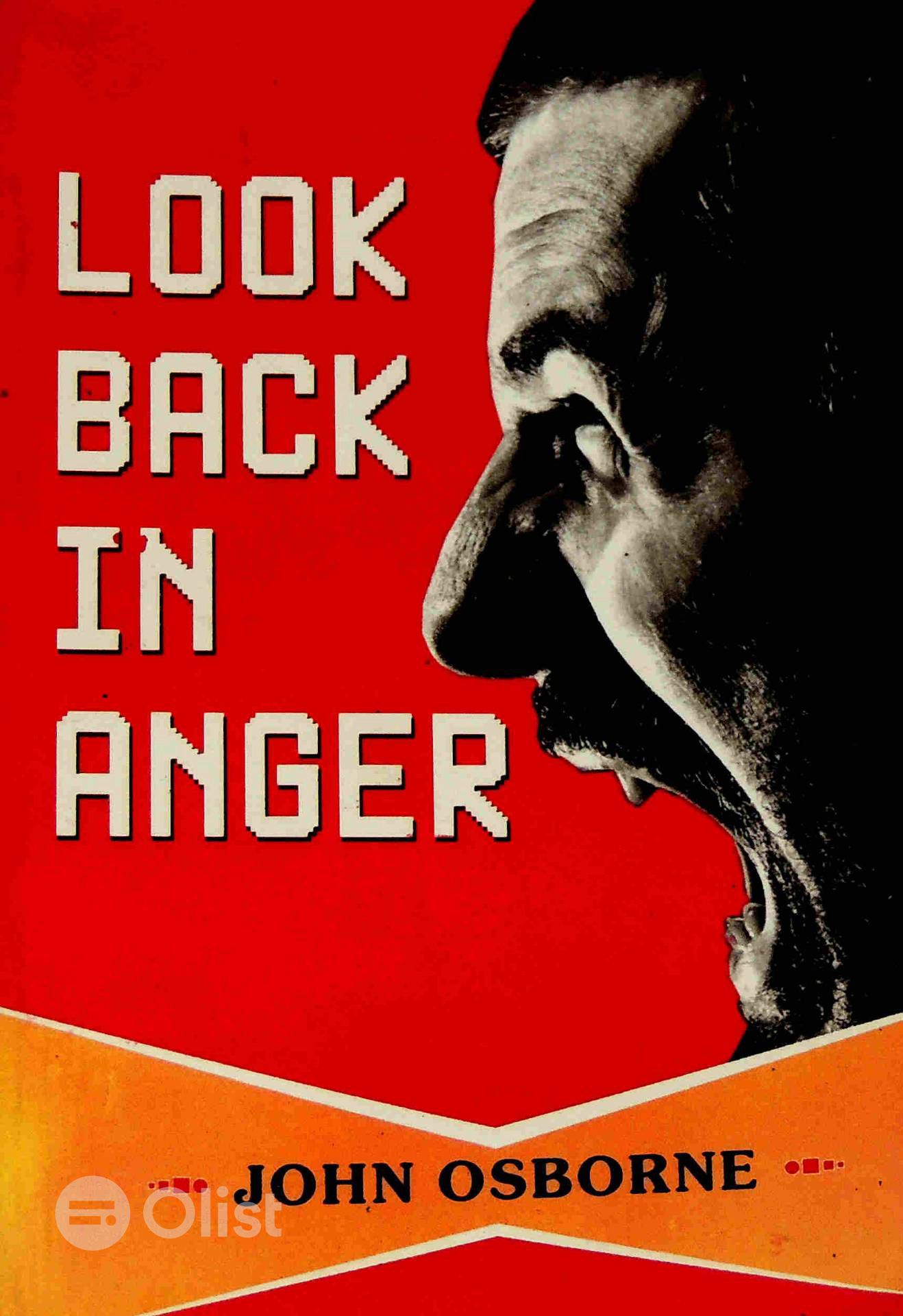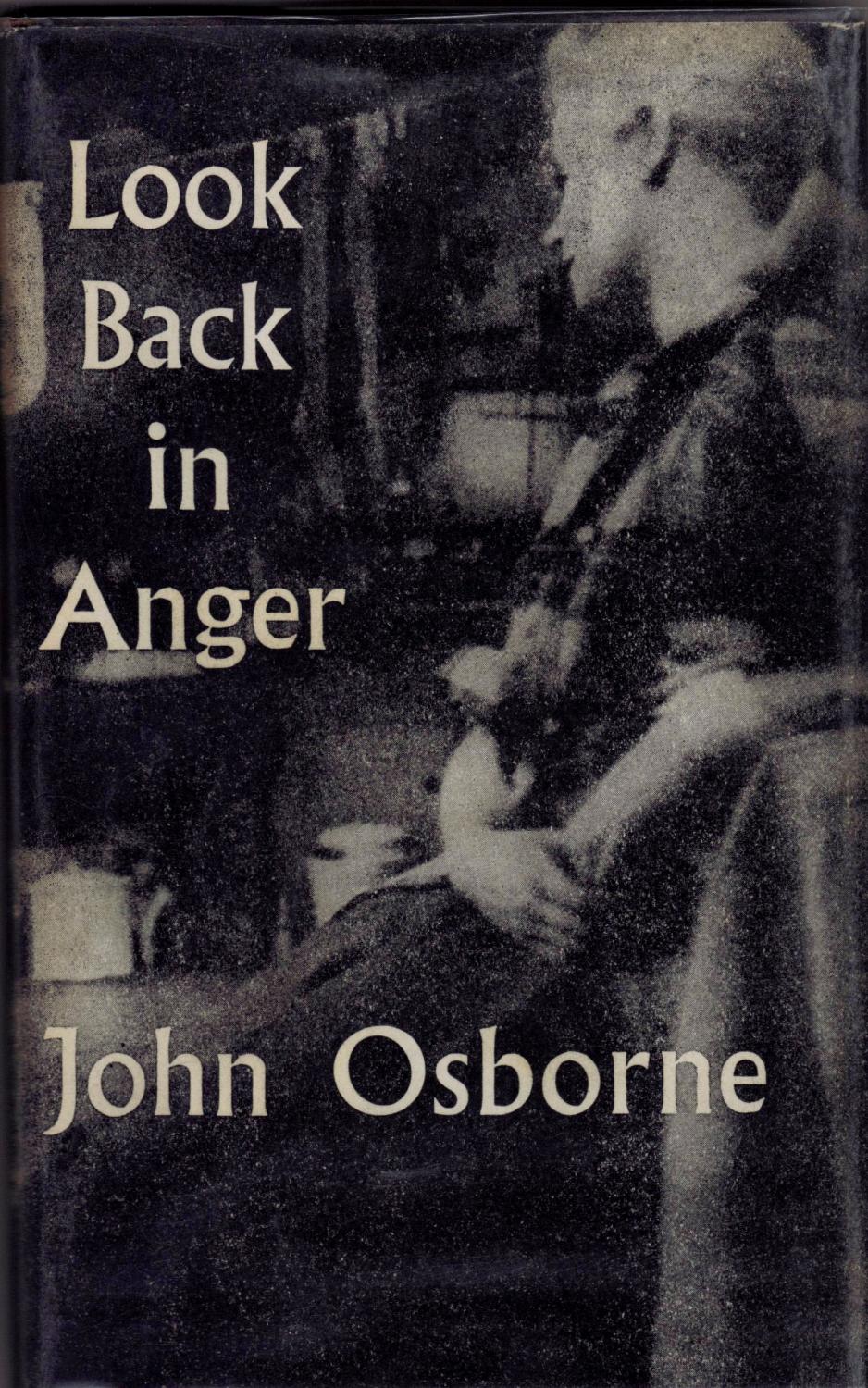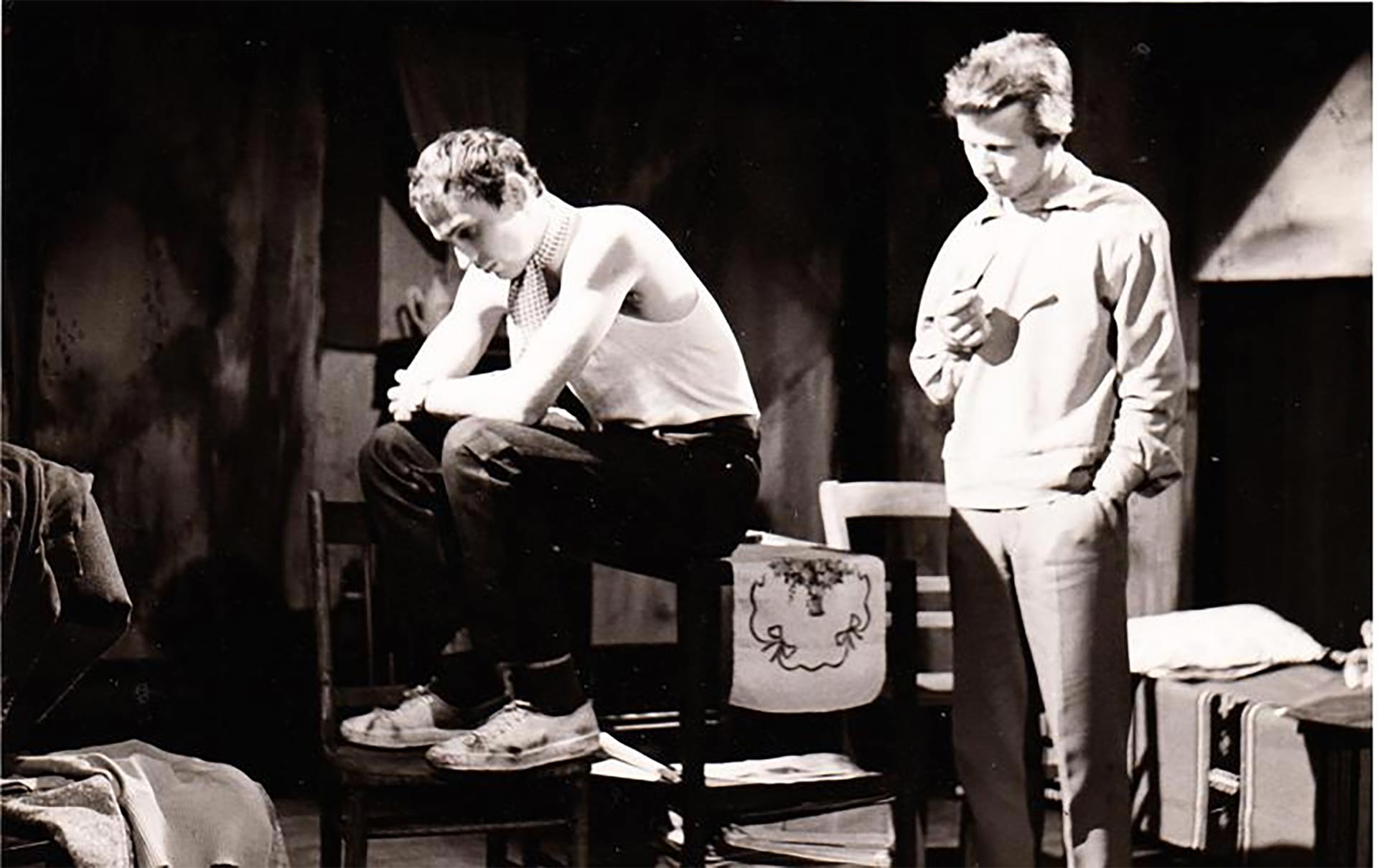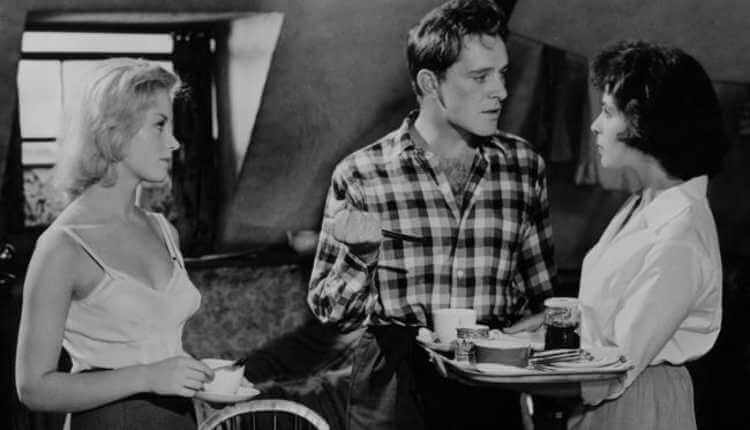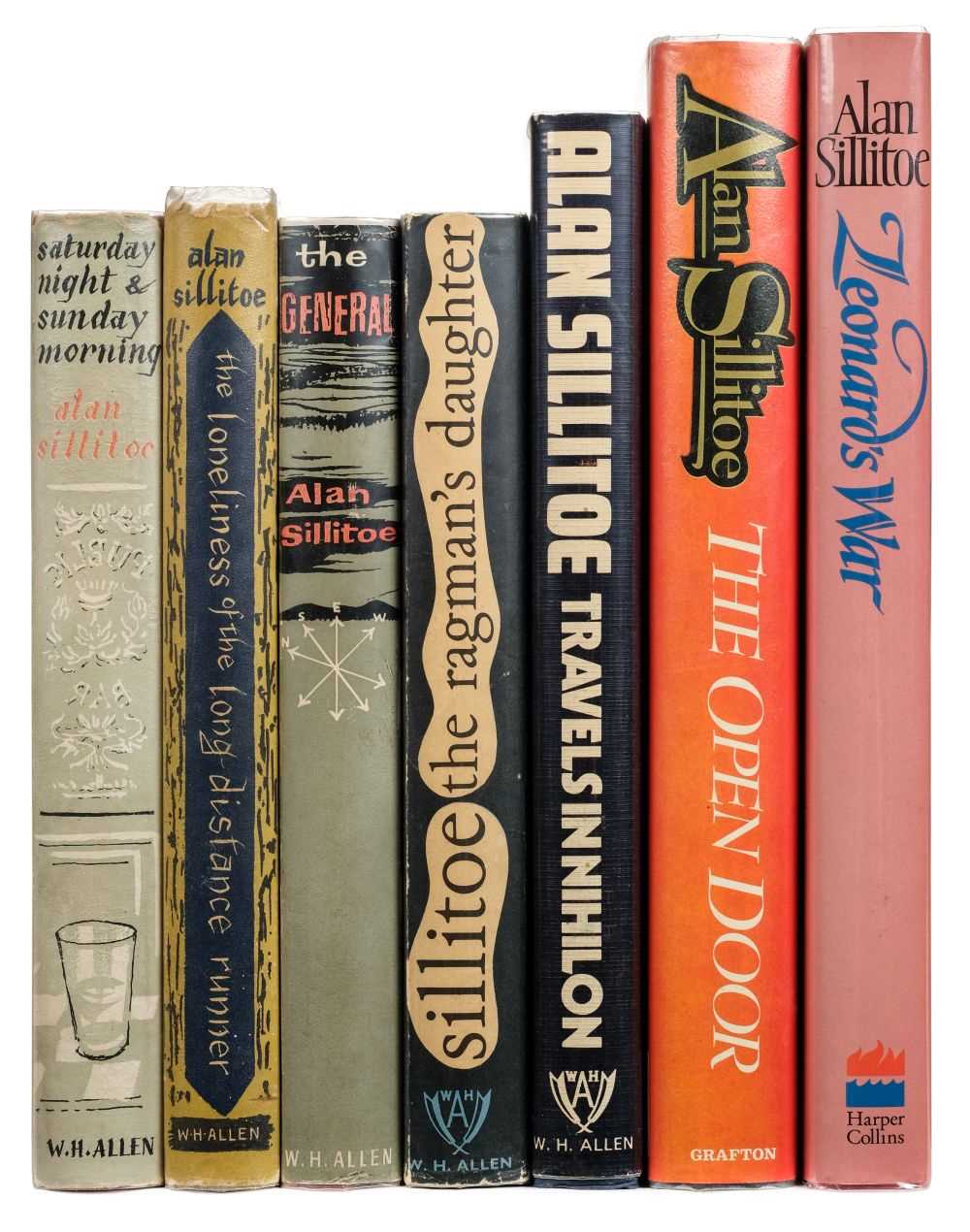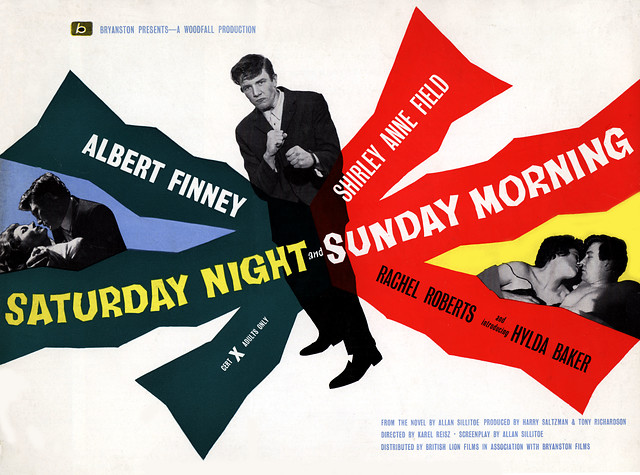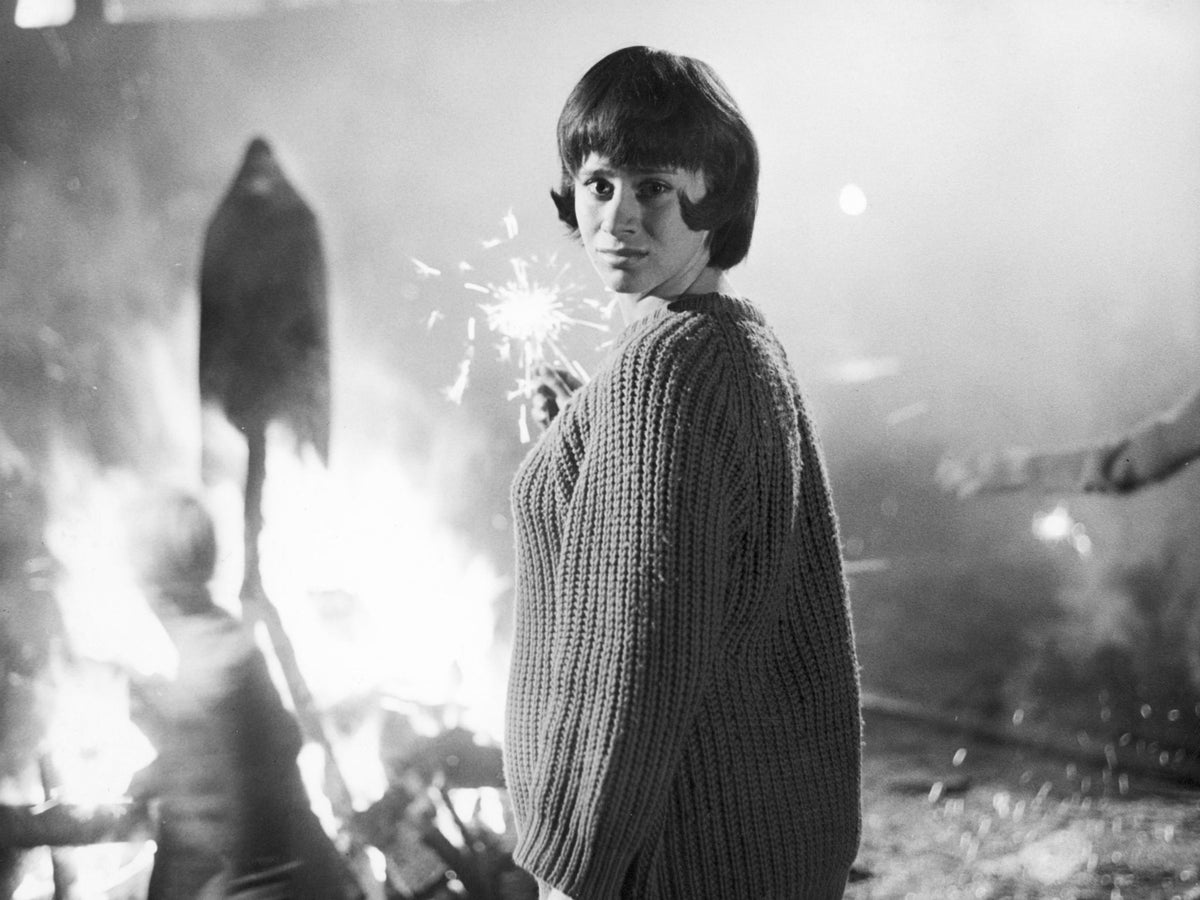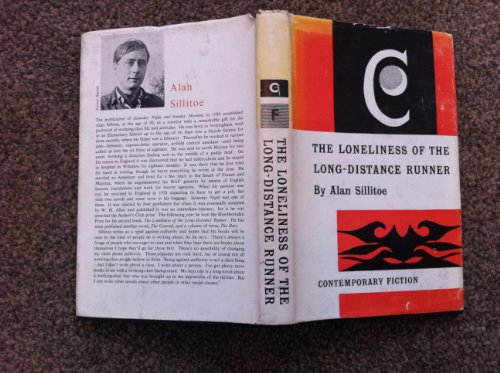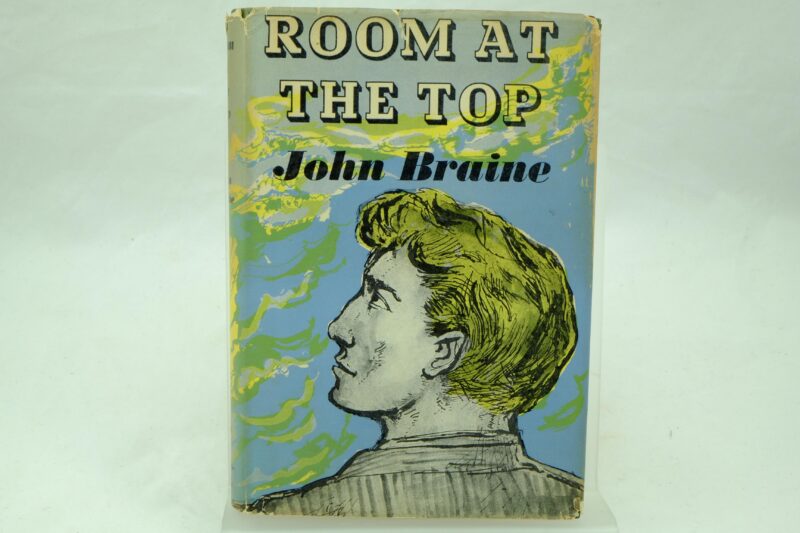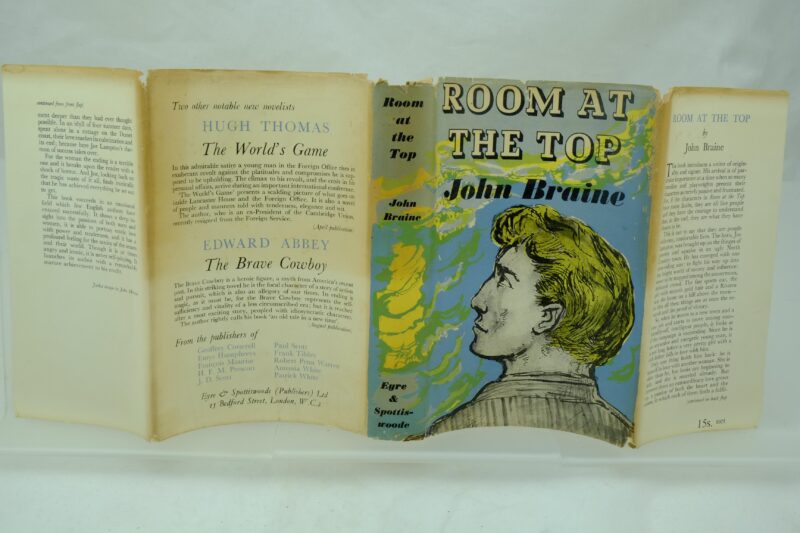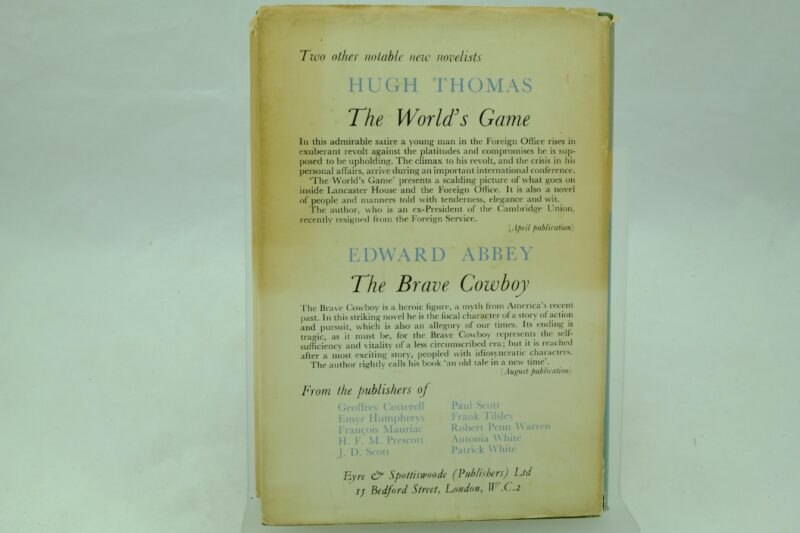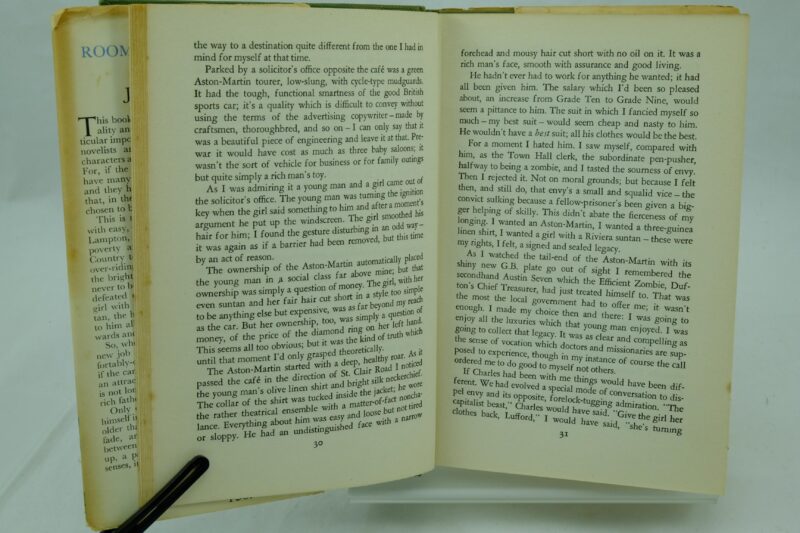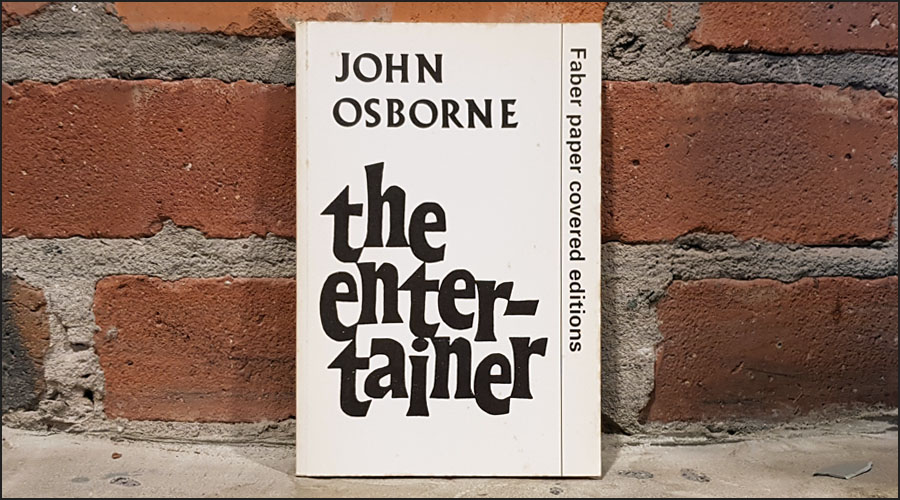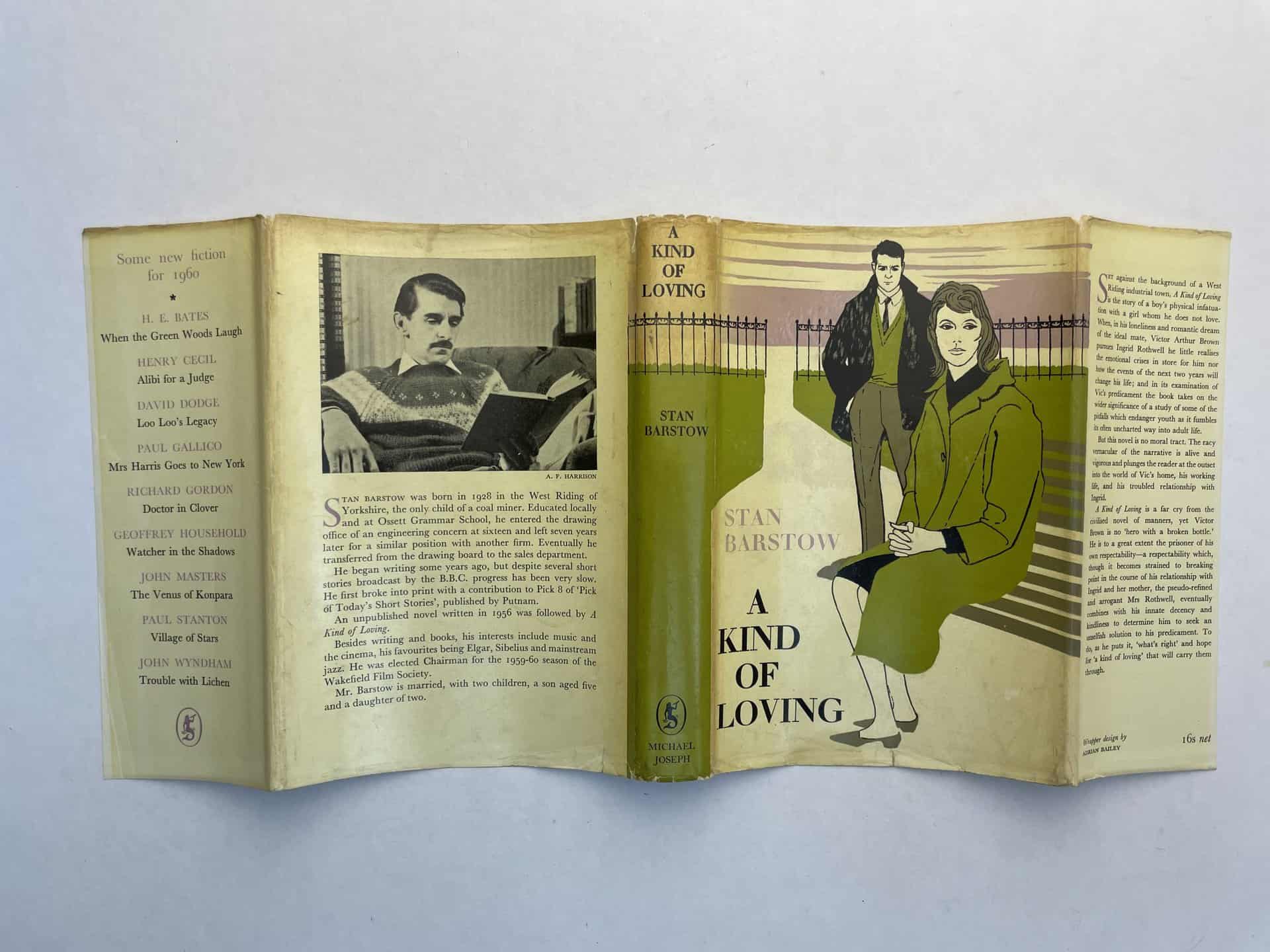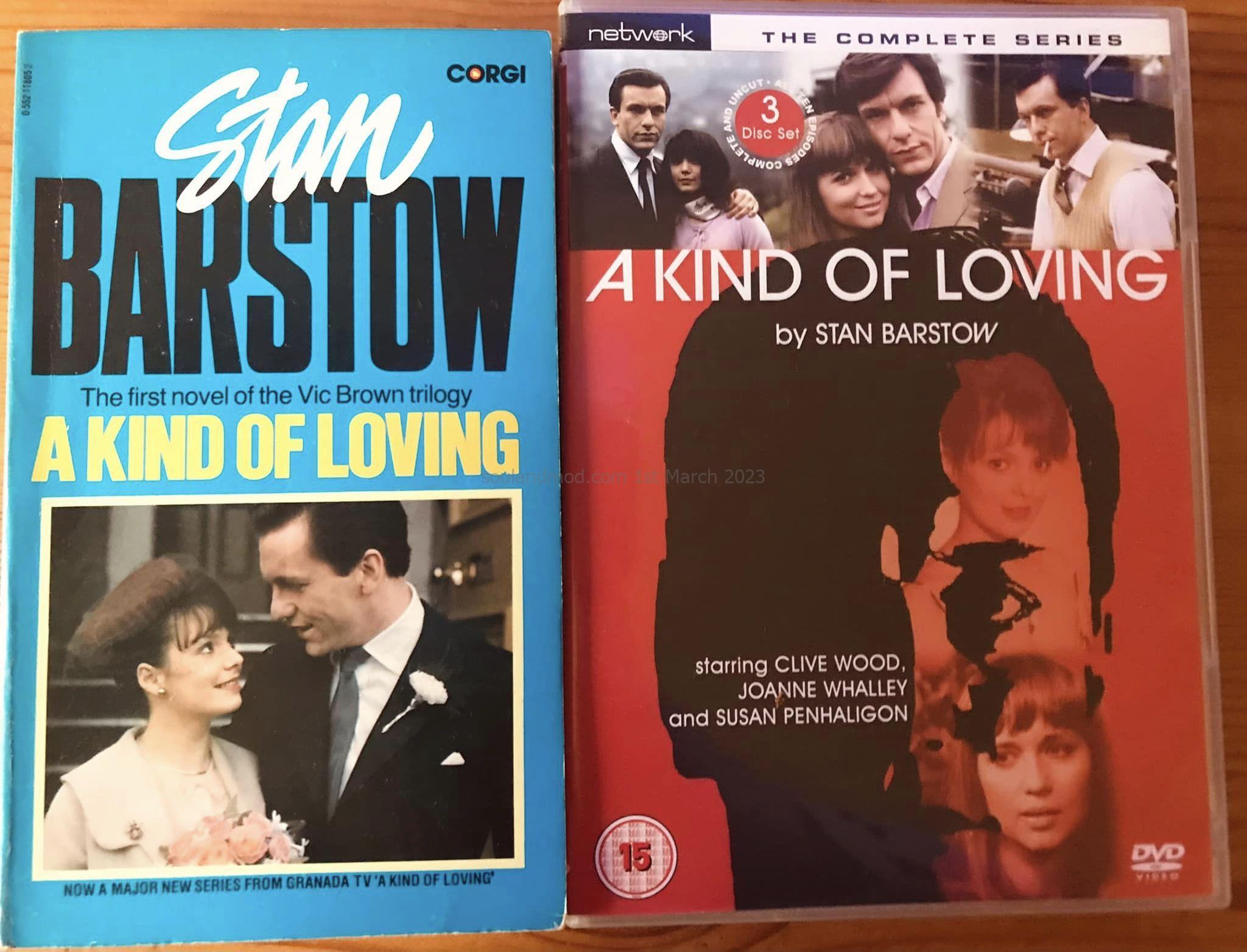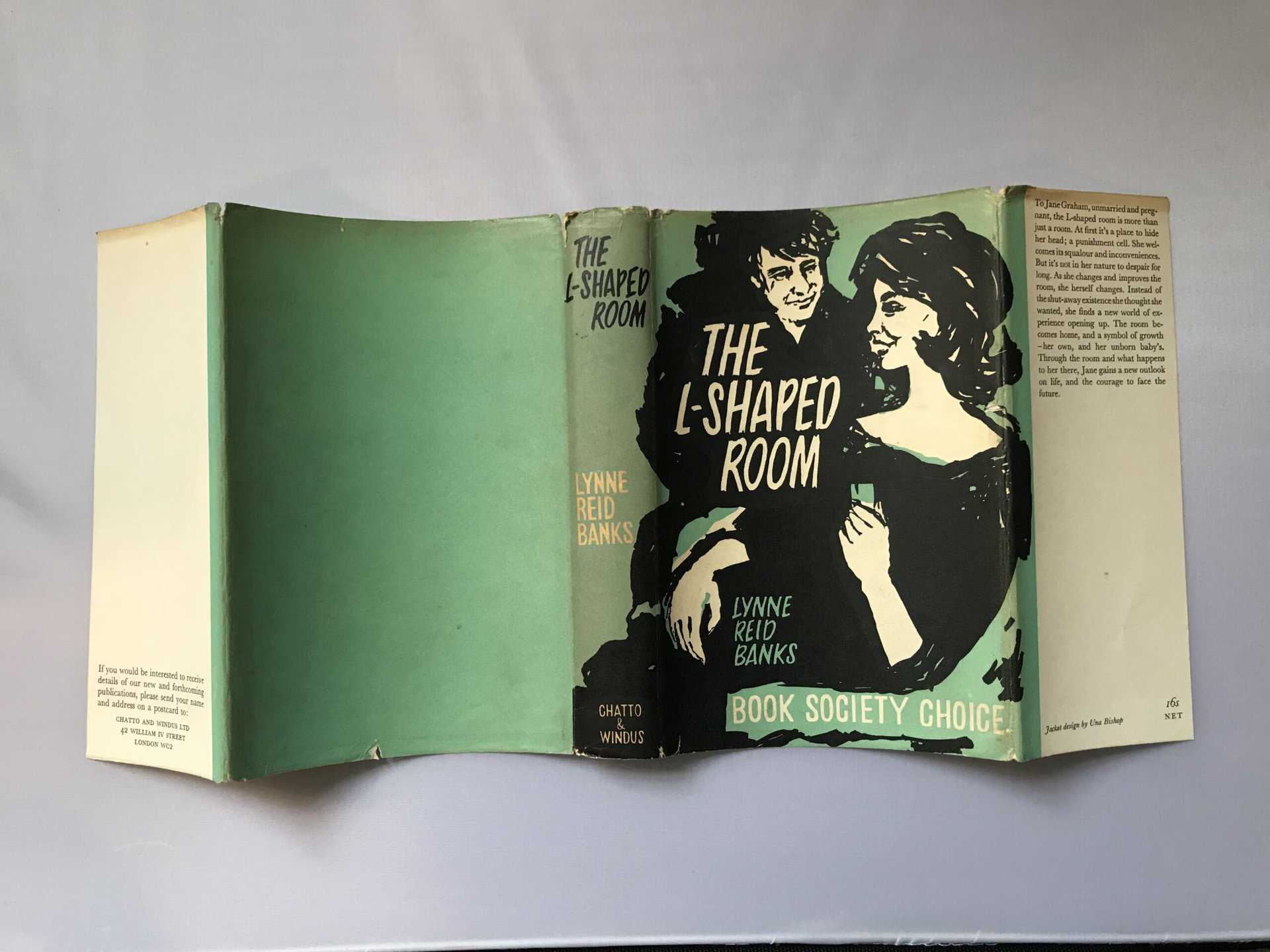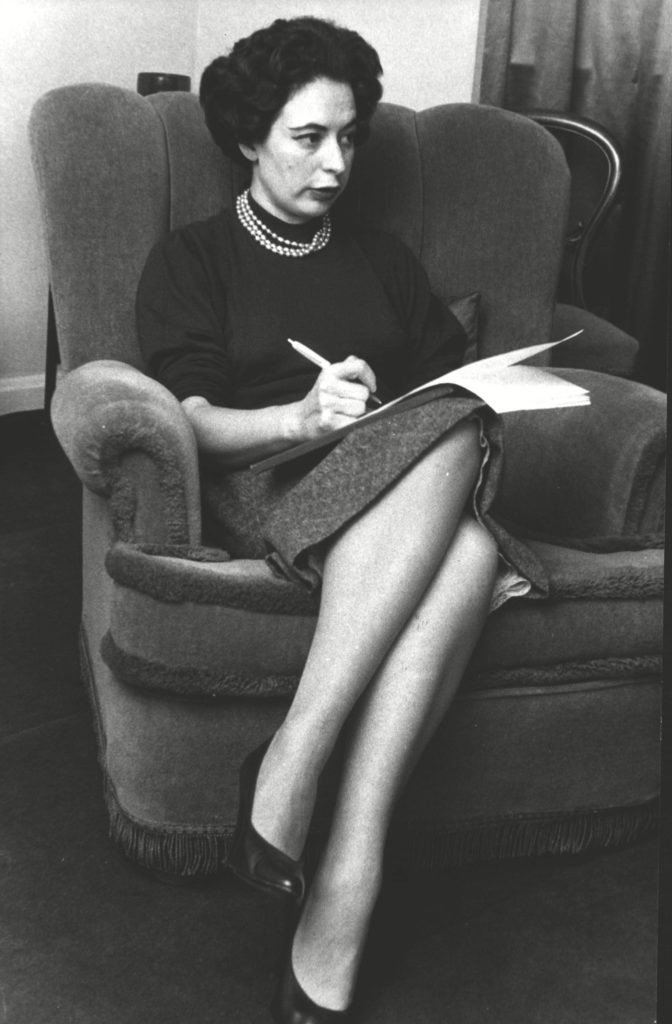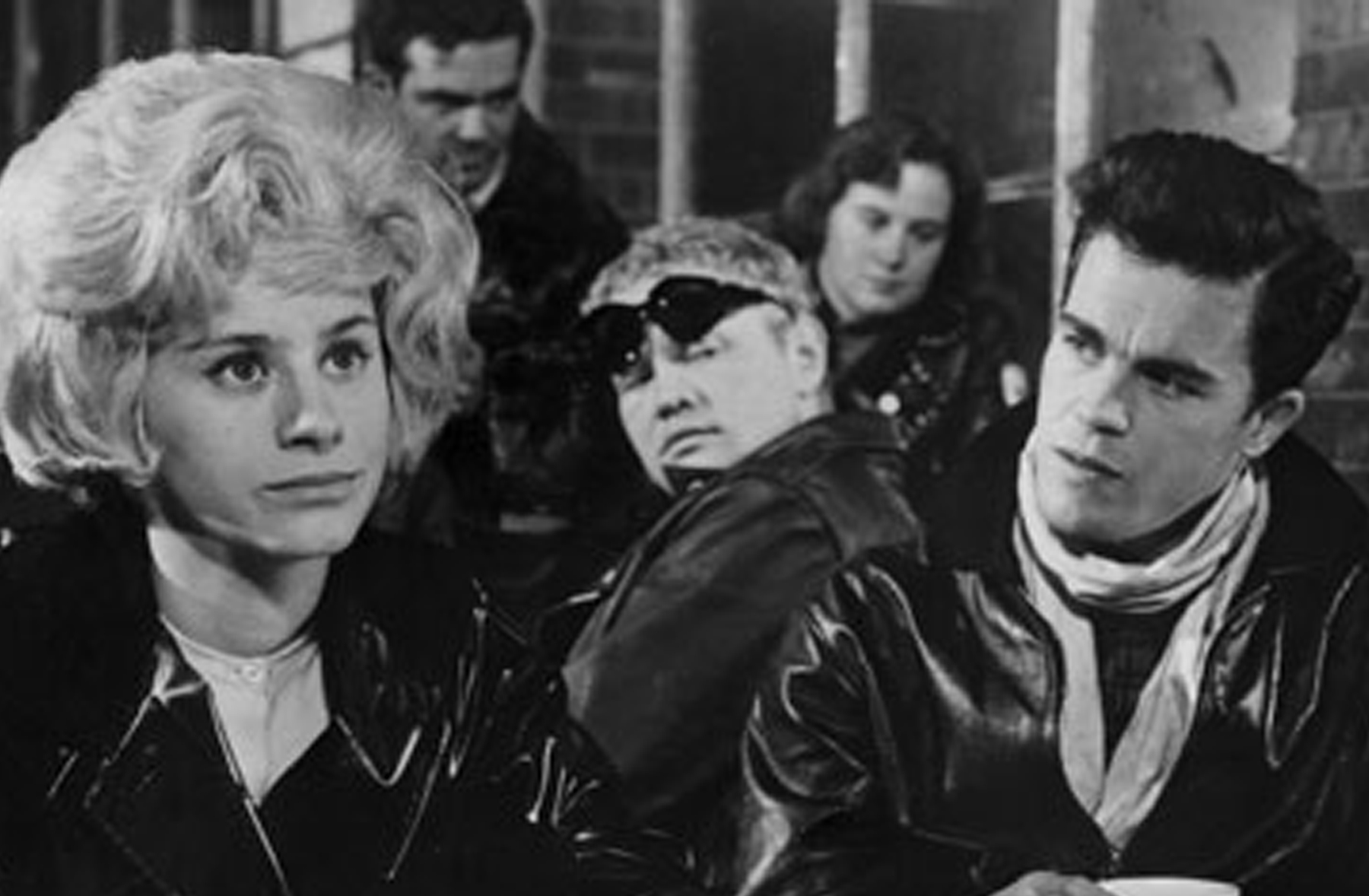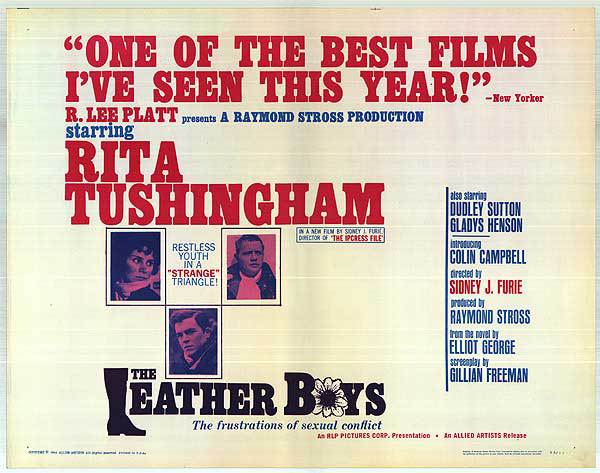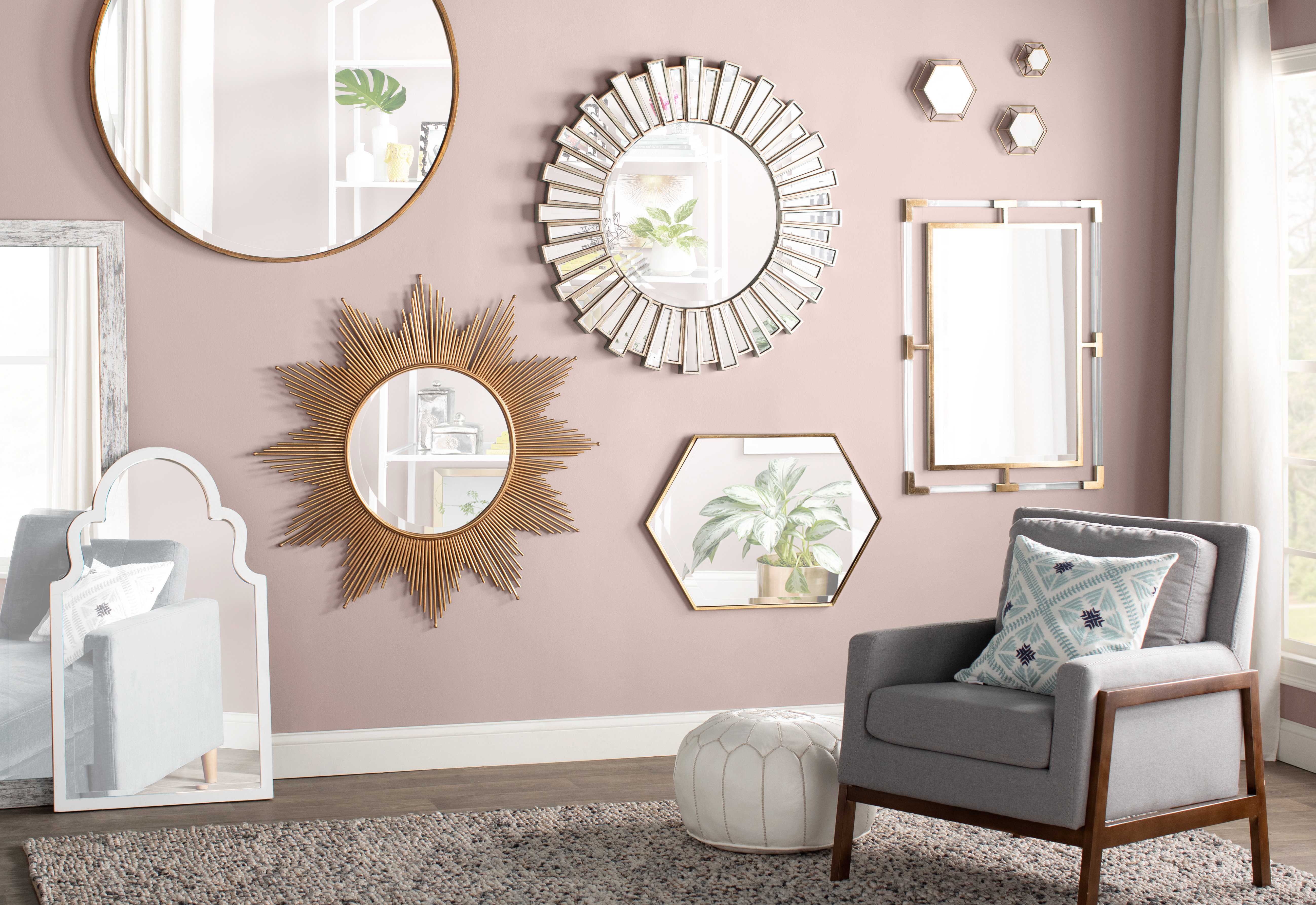Considered a groundbreaking example of kitchen sink realism, "Look Back in Anger" by John Osborne was first performed in 1956 and caused a major stir in the theatrical world. The play centers around the life of working-class couple Jimmy and Alison, and the struggles they face in their marriage and society. Osborne's honest portrayal of the couple's dysfunctional relationship, along with themes of class divide and political disillusionment, made the play a defining work of the genre. Critics praised the play for its raw and gritty depiction of everyday life, and it continues to be studied and performed today. "Look Back in Anger" is a must-read for anyone interested in exploring kitchen sink realism. 1. "Look Back in Anger" by John Osborne
Another influential work in the kitchen sink realism movement, "Saturday Night and Sunday Morning" by Alan Sillitoe was published in 1958 and quickly became a bestseller. The novel follows the life of Arthur Seaton, a young factory worker in Nottingham who rebels against the constraints of his working-class lifestyle. Sillitoe's unflinching portrayal of Arthur's drinking, womanizing, and overall disregard for societal norms made the novel a controversial and acclaimed example of the genre. With its themes of working-class struggle, disillusionment, and rebellion, "Saturday Night and Sunday Morning" remains a classic example of kitchen sink realism. 2. "Saturday Night and Sunday Morning" by Alan Sillitoe
Written by Shelagh Delaney when she was just 19 years old, "A Taste of Honey" premiered in 1958 and was met with critical acclaim. The play tells the story of a working-class mother and daughter, Helen and Jo, and their struggles to make ends meet and find love in their bleak surroundings. Delaney's play tackles themes of poverty, race, and sexuality in a way that was revolutionary for its time. The play's honest portrayal of working-class life and its strong female characters make "A Taste of Honey" a standout example of kitchen sink realism. 3. "A Taste of Honey" by Shelagh Delaney
Another work by Alan Sillitoe, "The Loneliness of the Long Distance Runner" was published in 1959 and tells the story of a young delinquent named Colin Smith. Smith is sent to a juvenile detention center where he discovers a talent for long-distance running, but must grapple with the conflicting expectations of his working-class community and the prison authorities. Sillitoe's novel explores themes of class struggle, societal expectations, and rebellion, all through the lens of a gritty and realistic portrayal of working-class life. 4. "The Loneliness of the Long Distance Runner" by Alan Sillitoe
Published in 1957, "Room at the Top" by John Braine was one of the first examples of kitchen sink realism in literature. The novel follows the life of Joe Lampton, a working-class man who is determined to climb the social ladder at any cost. Through Joe's story, Braine explores themes of ambition, class struggle, and the corrupting influence of the pursuit of wealth and status. The novel's honest and unapologetic portrayal of working-class life and its characters made it a defining work of the genre. 5. "Room at the Top" by John Braine
Drawing on his own experiences as a professional rugby player, David Storey's "This Sporting Life" was published in 1960 and became an instant classic of kitchen sink realism. The novel follows the life of Arthur Machin, a young rugby player from a working-class background who struggles to find his place in the world. Storey's novel explores themes of class struggle, masculinity, and the impact of sport on working-class communities. The novel's raw and honest portrayal of everyday life, as well as its exploration of complex themes, make it a standout example of the genre. 6. "This Sporting Life" by David Storey
John Osborne's second play to be featured on this list, "The Entertainer" was first performed in 1957 and is considered a masterpiece of kitchen sink realism. The play tells the story of washed-up music hall performer Archie Rice and his dysfunctional family, as they navigate their way through the changing social and political landscape of post-war Britain. Through the Rice family, Osborne explores themes of class, family, and the decline of traditional British values. The play's powerful dialogue and complex characters make it a must-read for fans of kitchen sink realism. 7. "The Entertainer" by John Osborne
Published in 1960, "A Kind of Loving" by Stan Barstow is a novel that explores the struggles of a young couple from working-class backgrounds as they navigate the expectations of their families, society, and their own desires. The novel's honest portrayal of everyday life, as well as its exploration of themes of love, marriage, and social expectations, make it a standout example of kitchen sink realism. Barstow's novel was adapted into a successful film in 1962, further cementing its place in the canon of the genre. 8. "A Kind of Loving" by Stan Barstow
Written by Lynne Reid Banks and published in 1960, "The L-Shaped Room" is a novel that tells the story of a young unmarried woman who becomes pregnant and is forced to live in a run-down London boarding house. The novel explores themes of poverty, single motherhood, and societal expectations, all through the lens of a realistic and relatable protagonist. Banks' novel became a bestseller and was adapted into a successful film in 1962, solidifying its place in the kitchen sink realism canon. 9. "The L-Shaped Room" by Lynne Reid Banks
Published in 1961, "The Leather Boys" by Gillian Freeman is a novel that tells the story of a young couple from a working-class background who get married, but soon find that their relationship is not what they expected. The novel explores themes of sexuality, gender roles, and societal expectations, all through the lens of a working-class romance. Freeman's novel was adapted into a film in 1964, further cementing its place as a standout example of kitchen sink realism. 10. "The Leather Boys" by Gillian Freeman
Kitchen Sink Realism: An Essential Element in House Design

The Concept of Kitchen Sink Realism
 When it comes to house design, there are many different styles and approaches that homeowners can choose from. One popular style that has stood the test of time is kitchen sink realism. This design concept originated in the late 1950s in Britain and was characterized by its raw, unfiltered portrayal of everyday life. It aimed to capture the mundane and often gritty aspects of domestic life, portraying the struggles and realities of the working class.
When it comes to house design, there are many different styles and approaches that homeowners can choose from. One popular style that has stood the test of time is kitchen sink realism. This design concept originated in the late 1950s in Britain and was characterized by its raw, unfiltered portrayal of everyday life. It aimed to capture the mundane and often gritty aspects of domestic life, portraying the struggles and realities of the working class.
Examples of Kitchen Sink Realism in House Design
 In terms of house design, kitchen sink realism can be seen in the use of practical and functional elements. This includes features such as exposed brick walls, simple and utilitarian furniture, and minimalistic decor. The focus is on functionality rather than aesthetics, with an emphasis on creating a space that is livable and easy to maintain.
Another example of kitchen sink realism in house design is the use of natural materials such as wood, stone, and concrete. These materials not only add a touch of authenticity to the design but also have a practical purpose. They are durable and require less maintenance, making them perfect for a busy household.
In terms of house design, kitchen sink realism can be seen in the use of practical and functional elements. This includes features such as exposed brick walls, simple and utilitarian furniture, and minimalistic decor. The focus is on functionality rather than aesthetics, with an emphasis on creating a space that is livable and easy to maintain.
Another example of kitchen sink realism in house design is the use of natural materials such as wood, stone, and concrete. These materials not only add a touch of authenticity to the design but also have a practical purpose. They are durable and require less maintenance, making them perfect for a busy household.
The Benefits of Kitchen Sink Realism in House Design
 Apart from its aesthetic appeal, kitchen sink realism also has practical benefits in house design. By focusing on functionality and simplicity, this style can help create a more efficient and organized living space. It also promotes a sense of authenticity and honesty in the design, making the house feel more like a home.
In addition, kitchen sink realism can be a more budget-friendly option for homeowners. With its emphasis on practicality and simplicity, it eliminates the need for expensive and unnecessary features, making it a more affordable design choice.
Apart from its aesthetic appeal, kitchen sink realism also has practical benefits in house design. By focusing on functionality and simplicity, this style can help create a more efficient and organized living space. It also promotes a sense of authenticity and honesty in the design, making the house feel more like a home.
In addition, kitchen sink realism can be a more budget-friendly option for homeowners. With its emphasis on practicality and simplicity, it eliminates the need for expensive and unnecessary features, making it a more affordable design choice.
Incorporating Kitchen Sink Realism in Your House Design
 If you are looking to incorporate kitchen sink realism in your house design, there are a few key elements to keep in mind. First and foremost, focus on functionality and practicality. This means choosing furniture and materials that are durable and easy to maintain.
In terms of aesthetics, keep it simple and understated. Opt for natural materials and neutral colors, and avoid overly ornate or decorative elements. This will help create a more authentic and honest design.
In conclusion, kitchen sink realism is a timeless and practical approach to house design. Its emphasis on functionality, simplicity, and authenticity make it a popular choice for homeowners looking for a more down-to-earth and realistic living space. By incorporating some of its key elements, you can create a home that is not only aesthetically pleasing but also functional and livable.
If you are looking to incorporate kitchen sink realism in your house design, there are a few key elements to keep in mind. First and foremost, focus on functionality and practicality. This means choosing furniture and materials that are durable and easy to maintain.
In terms of aesthetics, keep it simple and understated. Opt for natural materials and neutral colors, and avoid overly ornate or decorative elements. This will help create a more authentic and honest design.
In conclusion, kitchen sink realism is a timeless and practical approach to house design. Its emphasis on functionality, simplicity, and authenticity make it a popular choice for homeowners looking for a more down-to-earth and realistic living space. By incorporating some of its key elements, you can create a home that is not only aesthetically pleasing but also functional and livable.
